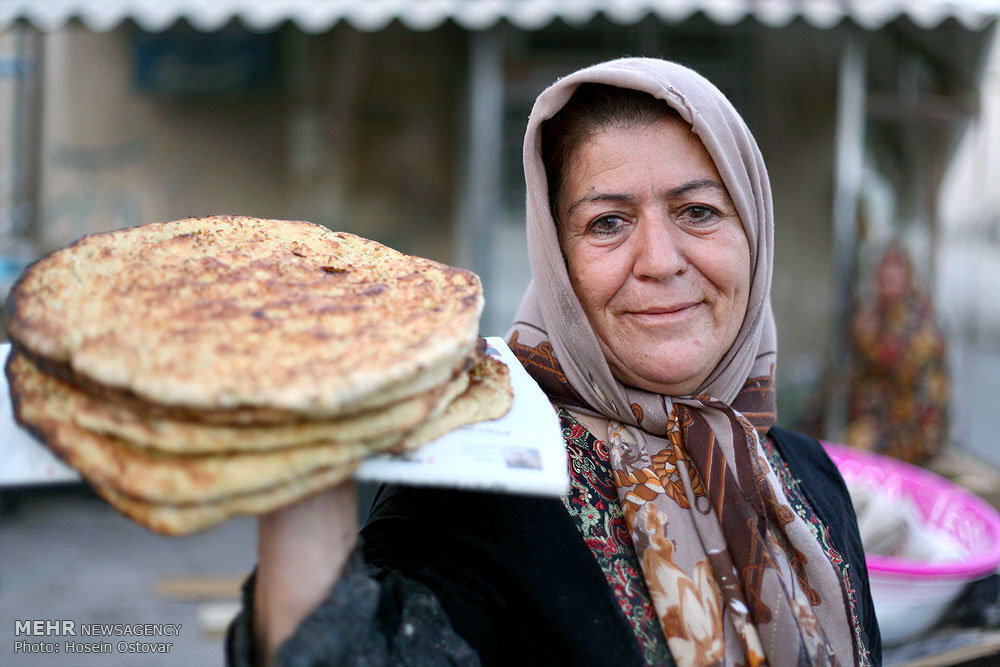Seven intangible elements in Bushehr province gain natural status

TEHRAN - Seven intangible elements, including religious rituals, a traditional dance, and the skill of making a special clay oven, have recently been added to Iran’s national list for the intangible cultural heritage of humanity.
National registration of seven intangible elements has been approved by the Ministry of Cultural Heritage, Tourism and Handicrafts after teams of its assessors conducted field and library research to make documents, CHTN reported.
The new registrations include a rotary folk dance, the skill of making a special clay oven, a traditional garment, and four religious rituals, the report said.
Bordering the Persian Gulf on the west and bounded by the regions of Hormozgan and Fars on the southeast and east and Khuzestan on the northwest, Bushehr province lies near the head of the strategic waterway at the northern end of a flat and narrow peninsula that is connected with the mainland by tidal marshes.
Bushehr is home to various archaeological mounds, including Tall-e Khandaq with Sassanid architectural style, Tall-e Marv located near an Achaemenid Palace, and Qajar era Malek al-Tojar Mansion.
It embraces significant monuments from the Elamite, Achaemenid, Parthian, and Sassanid eras. Bushehr's Siraf was the most important Iranian port during the Sassanid period, bearing plentiful evidence of Persian mastership and genius in seafaring, international relations, and interaction with other near and far cultures and civilizations.
AFM
Leave a Comment